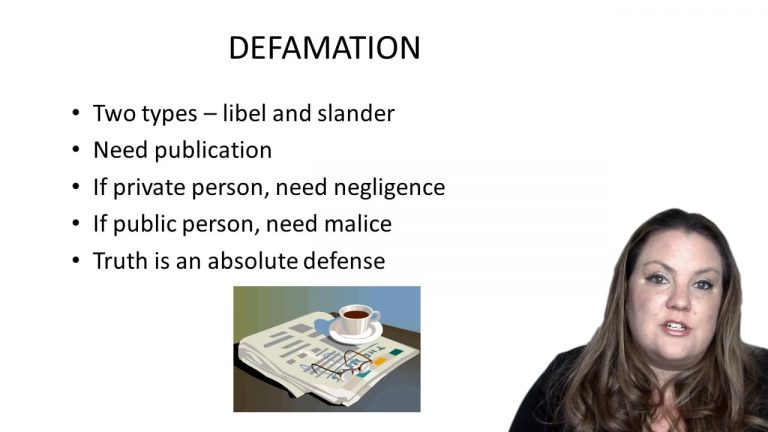Constitutional Law Keyed to Stone
Gertz v. Robert Welch, Inc.

ProfessorMelissa A. Hale
CaseCast™ – "What you need to know"
Facts
In 1969, the Respondent, Robert Welch, Inc. (Respondent), publisher of American Opinion, a monthly outlet for the views of the John Birch Society, ran an article in which it accused the Petitioner of being the architect of a “frame-up” of Nuccio. The article stated that the Petitioner had a criminal record and a long history of communist affiliation. The Petitioner filed the instant case for libel and, after trial, the jury returned a verdict in his favor in the amount of $50,000. The trial court, nevertheless, entered Judgment N.O.V., concluding that the New York Times v. Sullivan standard applied to any discussion of a “public issue.” The Court of Appeals affirmed.
Only StudyBuddy Pro offers the complete Case Brief Anatomy*
Access the most important case brief elements for optimal case understanding.
*Case Brief Anatomy includes: Brief Prologue, Complete Case Brief, Brief Epilogue
- The Brief Prologue provides necessary case brief introductory information and includes:
Topic:
Identifies the topic of law and where this case fits within your course outline.Parties:
Identifies the cast of characters involved in the case.Procedural Posture & History:
Shares the case history with how lower courts have ruled on the matter.Case Key Terms, Acts, Doctrines, etc.:
A case specific Legal Term Dictionary.Case Doctrines, Acts, Statutes, Amendments and Treatises:
Identifies and Defines Legal Authority used in this case.
- The Case Brief is the complete case summarized and authored in the traditional Law School I.R.A.C. format. The Pro case brief includes:
Brief Facts:
A Synopsis of the Facts of the case.Rule of Law:
Identifies the Legal Principle the Court used in deciding the case.Facts:
What are the factual circumstances that gave rise to the civil or criminal case? What is the relationship of the Parties that are involved in the case.Issue(s):
Lists the Questions of Law that are raised by the Facts of the case.Holding:
Shares the Court's answer to the legal questions raised in the issue.Concurring / Dissenting Opinions:
Includes valuable concurring or dissenting opinions and their key points.Reasoning and Analysis:
Identifies the chain of argument(s) which led the judges to rule as they did.
- The Brief Prologue closes the case brief with important forward-looking discussion and includes:
Policy:
Identifies the Policy if any that has been established by the case.Court Direction:
Shares where the Court went from here for this case.
Topic Resources

 11m 49s
11m 49s